 To enhance service speed and avoid tariff delays, we've opened a US warehouse. All US orders ship directly from our US facility.
To enhance service speed and avoid tariff delays, we've opened a US warehouse. All US orders ship directly from our US facility.
| Cat. No. | Product Name | Field of Application | Chemical Structure |
|---|---|---|---|
| DC20234 | PAQ Featured |
PAQ (Compound 4c) is a quinoxaline derivative. PAQ is an orally active neuroprotective agent, which targets dopamine (DA) neurons and activates reticulum endoplasmic ryanodine receptor (RyR) channels, without effects on glia cells.
More description
|
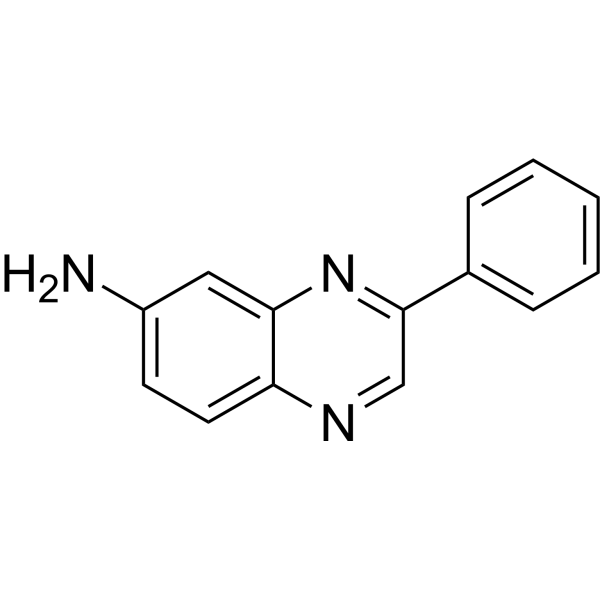
|
| DC73933 | C902 Featured |
C902 is a small-molecule inhibitor targeting LIN28-let-7 interaction, shows dose-dependent inhibition in an EMSA validation assay with IC50 of 5 uM.
More description
|
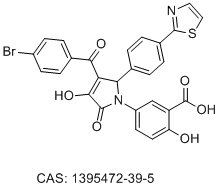
|
| DC11911 | Rovazolac Featured |
Rovazolac is a liver x receptor (LXR) modulator extracted from patent WO2013130892A1.
More description
|

|
| DC22684 | JNJ-46778212 Featured |
A potent, selective, CNS penetrant and orally bioavailable mGlu5 positive allosteric modulator that potentiates human mGlu5 with EC50 of 260 nM.
More description
|
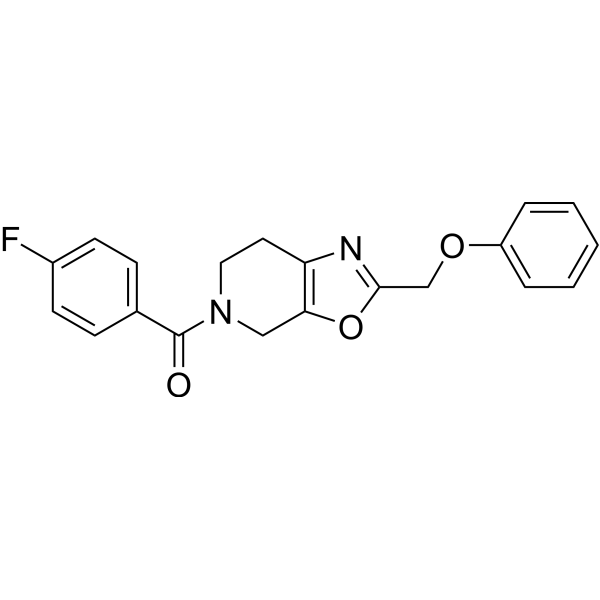
|
| DC20537 | Robenacoxib Featured |
Robenacoxib is a nonsteroidal anti-inflammatory drug (NSAID) used in veterinary medicine for the relief of pain and inflammation in cats and dogs, a Cyclooxygenase(COX)-1 and COX-2 inhibitor..
More description
|
.gif)
|
| DC7684 | SR1078 Featured |
SR1078 is an agonist of retinoic acid receptor-related orphan receptors (ROR) RORα/γ.
More description
|
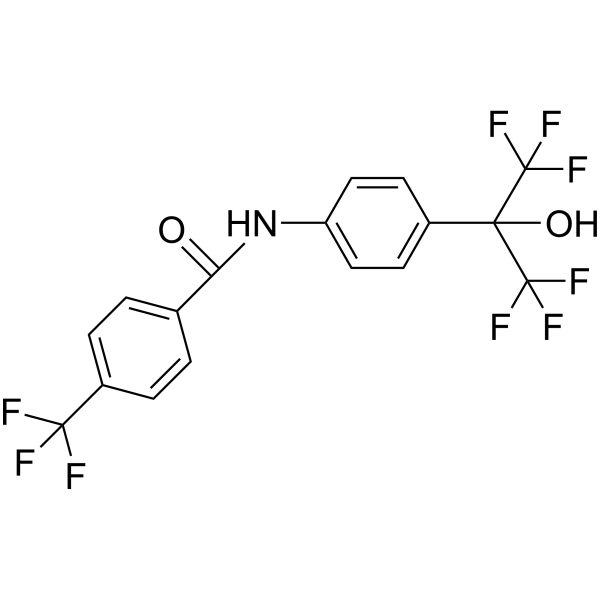
|
| DC35842 | 6-Maleimidocaproic acid Featured |
6-Maleimidocaproic acid contains a maleimide group and a terminal carboxylic acid. The terminal carboxylic acid can be reacted with primary amine groups in the presence of activators (e.g. EDC, or DCC) to form a stable amide bond. The maleimide group will react with a thiol group to form a covalent bond, enabling the connection of biomolecule with a thiol.
More description
|

|
| DC74098 | NOX-6-18 Featured |
NOX-6-18 is a potent, selective GPR132 antagonist with IC50 of 17 nM.
More description
|
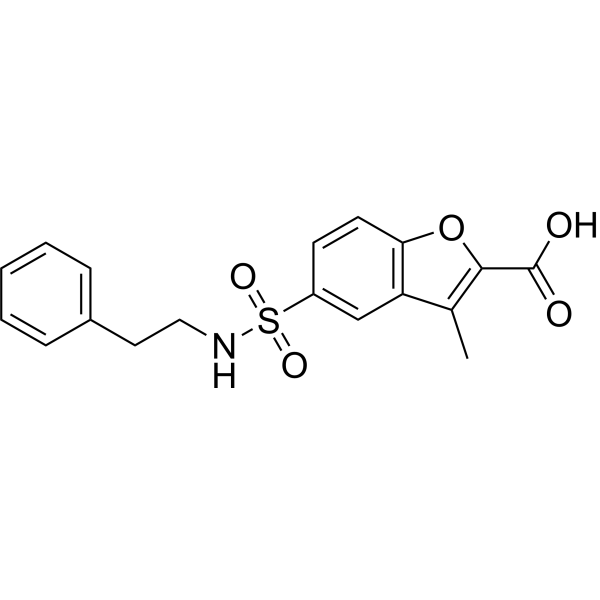
|
| DC8002 | CPI-360 (R) Featured |
CPI-360 is a compound in design and preparation of wew palladium precatalysts for C-C and C-N cross-coupling reactions.
More description
|
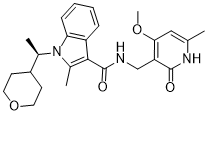
|
| DC34347 | AG1478 HCl Featured |
AG1478 HCl is an inhibitor of epidermal growth factor receptor protein.
More description
|
.gif)
|
| DC12625 | MitoBloCK-10 Featured |
MitoBloCK-10 (MB-10) is a potential attenuator of protein import into mitochondria via targeting Tim44, inhibits the import of substrates that use the TIM23 import pathway.
More description
|
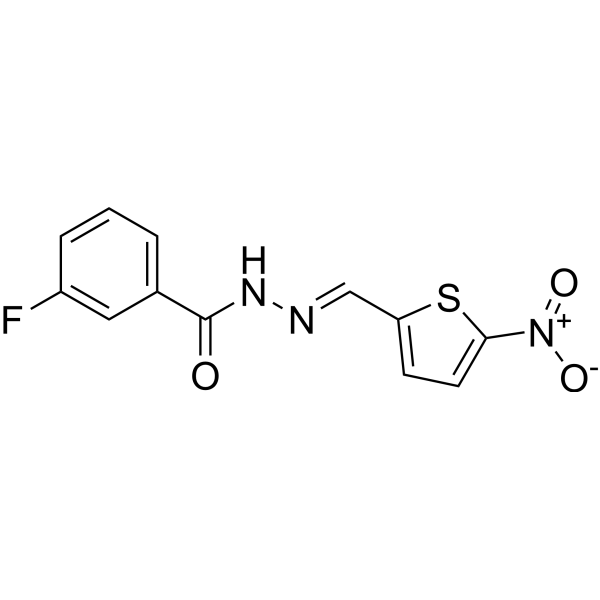
|
| DC11053 | GAK inhibitor 49 Featured |
GAK inhibitor 49 is a potent, selective, ATP-competitive inhibitor of cyclin G-associated kinase (GAK, cell IC50=56 nM) with favourable NAK family selectivity (AAK1, STK16, BMP2K).
More description
|
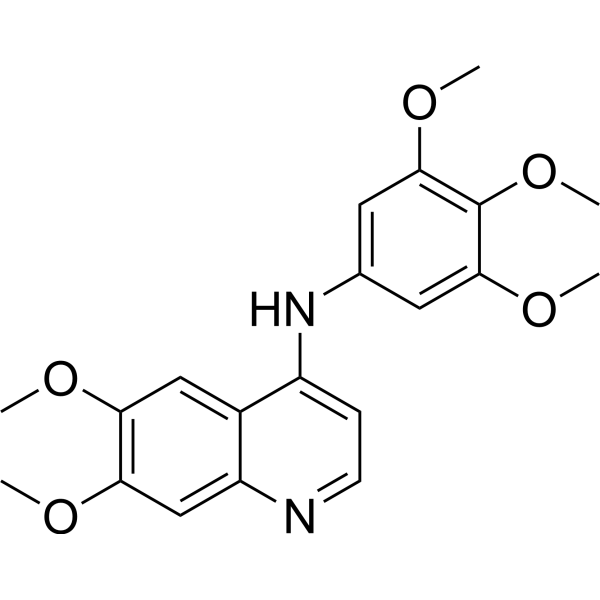
|
| DC34595 | PRL-3 Inhibitor I Featured |
PRL-3 Inhibitor I is a potent PRL-3 inhibitor with an IC50 of 0.9 μM. PRL-3 Inhibitor I shows a reduced invasion in cell-based assay.
More description
|
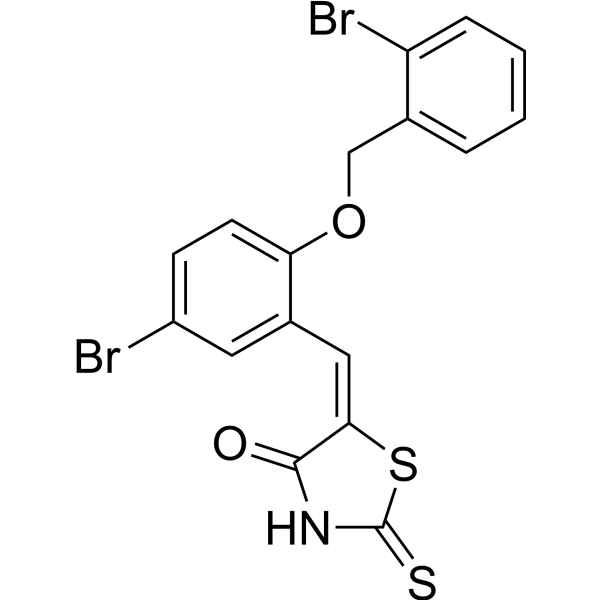
|
| DC23703 | BTYNB Featured |
BTYNB is a potent and selective inhibitor of IMP1 binding to c-Myc mRNA with IC50 of 5 uM.
More description
|
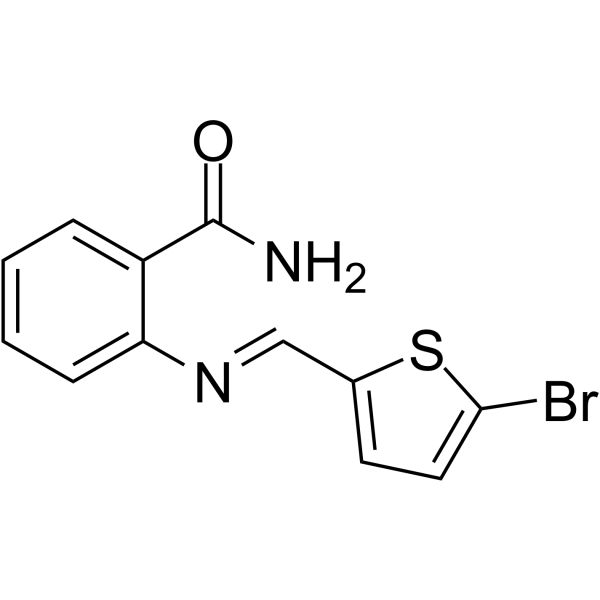
|
| DC12275 | KHS101 hydrochloride Featured |
KHS101 hydrochloride could selectively induce a neuronal differentiation phenotype and interacts with transforming acidic coiled-coil-containing protein 3 (TACC3).
More description
|
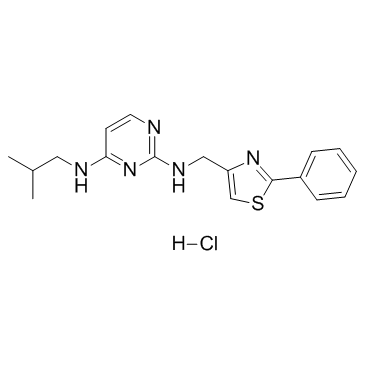
|
| DC22001 | AS-1269574 Featured |
AS-1269574 is a selective, orally available GPR119 agonist with EC50 of 2.5 uM in cell-based cAMP assays.
More description
|
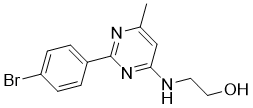
|
| DC33650 | IUN76750 Featured |
UTL-5g is a novel potential chemoprotective agent, TNF-α inhibitor that reduces cisplatin-induced side effects including nephrotoxicity, hepatotoxicity and hematotoxicity. It lowers elevated levels of AST, ALT, creatinine, BUN, and TNF-α, increases the reduced platelet count in mice, and acts as a novel chemo- and radioprotective agent.
More description
|
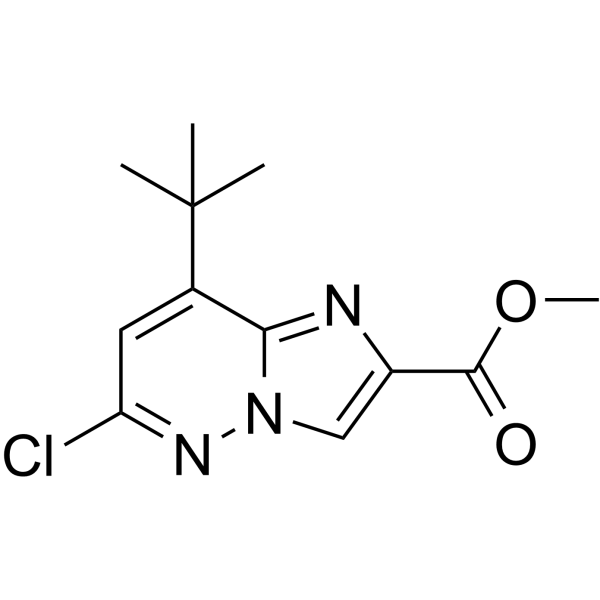
|
| DC21041 | UTL-5g Featured |
UTL-5g (GBL-5g) is a novel potential chemoprotective agent, TNF-α inhibitor that reduces cisplatin-induced side effects including nephrotoxicity, hepatotoxicity and hematotoxicity.
More description
|

|
| DC34366 | m-3M3FBS Featured |
m-3M3FBS is an activator of phospholipase C (PLC). It acts by stimulating superoxide generation, Ca2+ release and inositol phosphate formation in a variety of cell types.
More description
|

|
| DC23499 | BD-1047 Featured |
BD-1047 is a potent, selecitve Sigma 1 receptor (σ1) antagonist with Ki of 0.93 nM.
More description
|
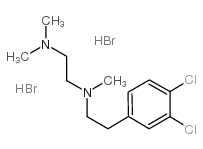
|
| DC32402 | Fatostatin A Featured |
Fatostatin A is a Cell permeable inhibitor of SREBP activation. Fatostatin Inhibits Cancer Cell Proliferation by Affecting Mitotic Microtubule Spindle Assembly and Cell Division. Fatostatin suppresses growth and enhances apoptosis by blocking SREBP-regulated metabolic pathways in endometrial carcinoma.
More description
|
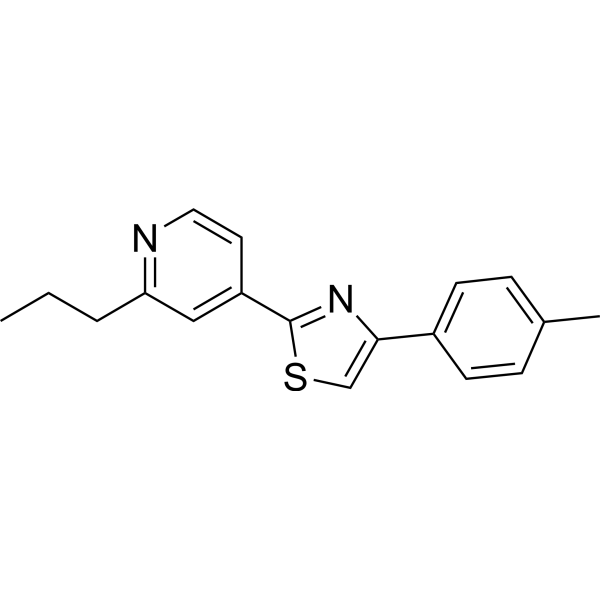
|
| DC21826 | XE-991 Featured |
XE-991 is a potent, selective and orally active blocker of voltage-gated potassium channels Kv7 (KCNQ) that blocks KCNQ1, KCNQ2 and KCNQ2+KCNQ3 with Kd of 0.78, 0.7 and 0.6 uM, respectively.
More description
|
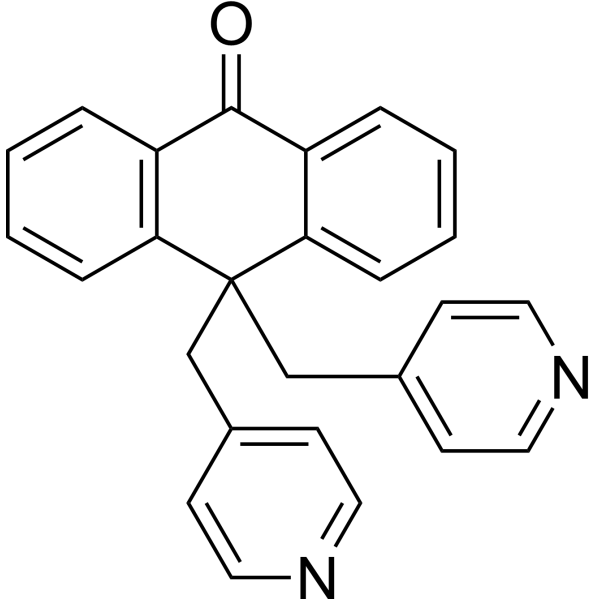
|
| DC31251 | Quisinostat HCl Featured |
Quisinostat, also known as JNJ-26481585, is an orally bioavailable, second-generation, hydroxamic acid-based inhibitor of histone deacetylase (HDAC) with potential antineoplastic activity. HDAC inhibitor JNJ-26481585 inhibits HDAC leading to an accumulation of highly acetylated histones, which may result in an induction of chromatin remodeling; inhibition of the transcription of tumor suppressor genes; inhibition of tumor cell division; and the induction of tumor cell apoptosis. HDAC, an enzyme upregulated in many tumor types, deacetylates chromatin histone proteins. Compared to some first generation HDAC inhibitors, JNJ-26481585 may induce superior HSP70 upregulation and bcl-2 downregulation.
More description
|
.gif)
|
| DC12637 | Finerenone Featured |
Finerenone (BAY 94-8862) is a third-generation, selective, and orally available nonsteroidal mineralocorticoid receptor (MR) antagonist (IC50=18 nM). Finerenone displays excellent selectivity versus glucocorticoid receptor (GR), androgen receptor (AR), and progesterone receptor (>500-fold). Finerenone has the potential for cardiorenal diseases research, such as type 2 diabetes mellitus and chronic kidney disease.
More description
|
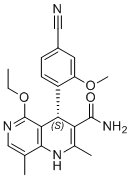
|
| DC73963 | DB2313 Featured |
DB2313 is a small-molecule transcription factor PU.1 inhibitor abrogating DNA binding by PU.1 with Kd of 29 nM.
More description
|
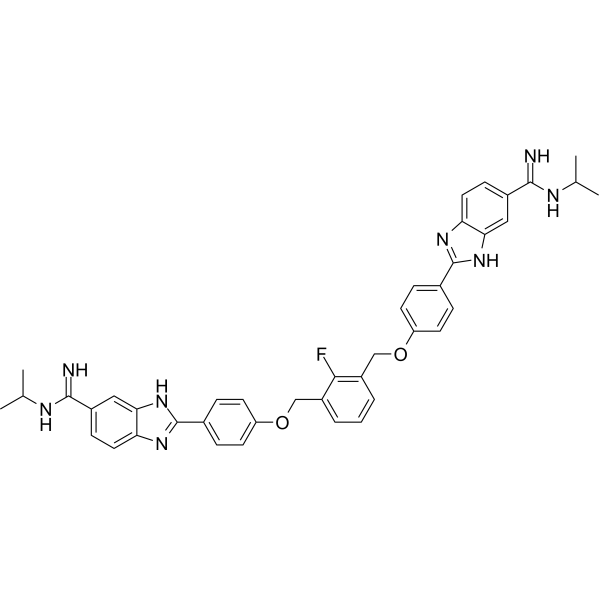
|
| DC8702 | Val-cit-PAB-OH Featured |
Val-cit-PAB-OH is a peptide prodrug linker.
More description
|
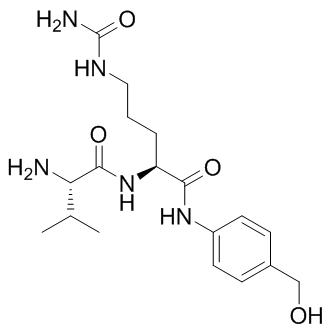
|
| DC74177 | SN34960 Featured |
SN34960 is a small molecule Perforin inhibitor, inhibits perforin-induced lysis of Jurkat T-lymphoma cells with IC50 of 6.65 uM, shows suboptimal physicochemical properties and toxicity toward the natural killer (NK) cells that secrete perforin in vivo.
More description
|
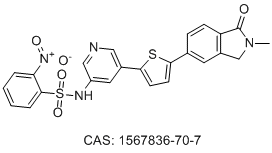
|
| DC20391 | Gingerenone A Featured |
Gingerenone A is a Nrf2-Gpx4 activator with anti-breast-cancer properties. Gingerenone A results a delayed G2/M in cancer cells, following oxidative stress and senescence responses. Gingerenone A also alleviates ferroptosis in secondary liver injury (SLI) in dextran sodium sulfate (DSS)-induced colitis mice. Gingerenone A can be isolated from Zingiber officinale.
More description
|
.gif)
|
| DC24193 | BAPTA Featured |
BAPTA is a selective chelator for calcium. BAPTA, as calcium indicator, has high selectivity against magnesium and calcium. BAPTA is widely used as an intracellular buffer for investigating the effects of Ca2+ release from intracellular stores or influx via Ca2+-permeable channels in the plasma membrane. BAPTA can also inhibit phospholipase C activity independently of their role as Ca2+ chelators.
More description
|

|
| DC34176 | SW203668 Featured |
SW203668 is a potent, tumor-specific inhibitor of stearoyl CoA desaturase (SCD) with better bioavailability than SW208108.
More description
|
.gif)
|